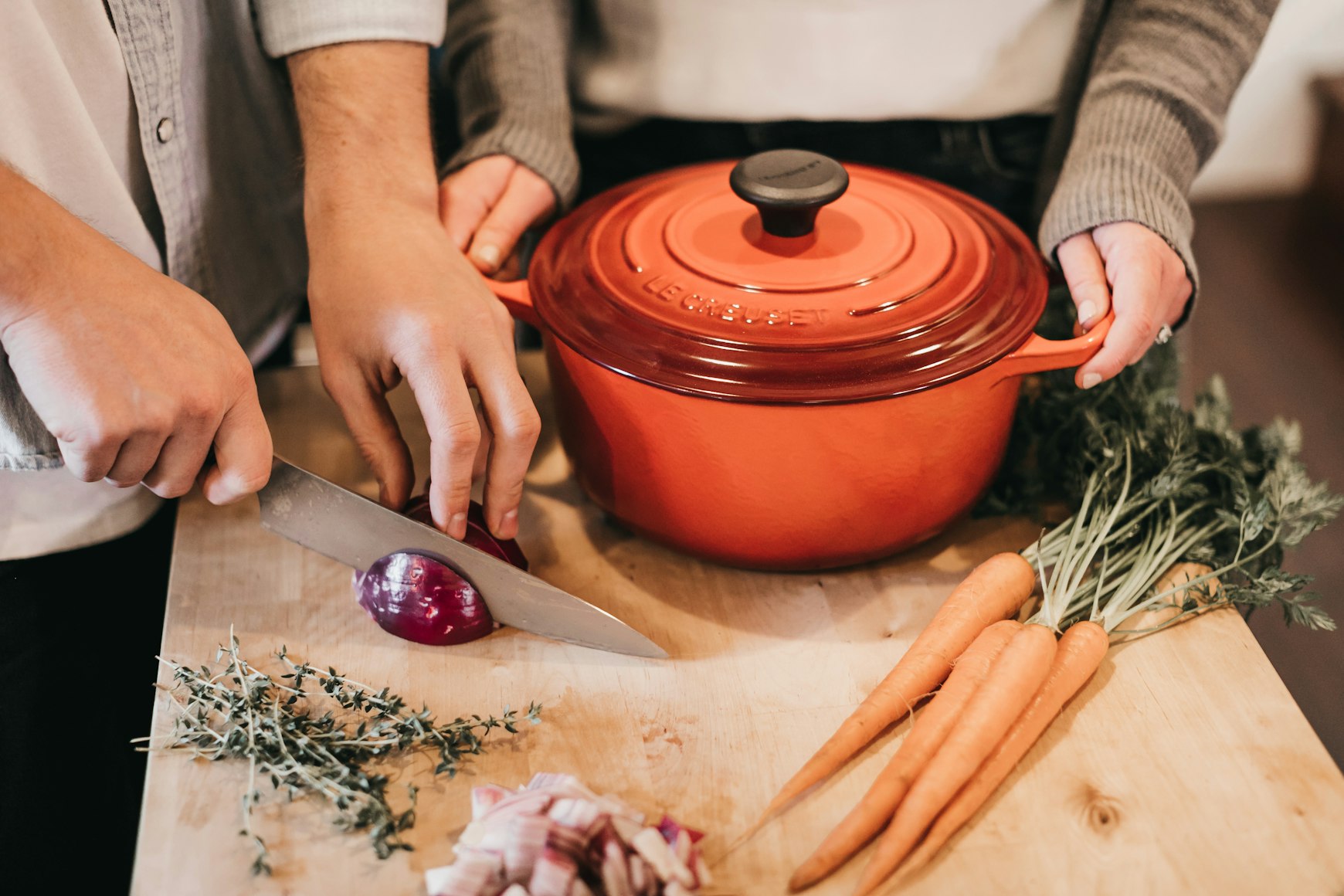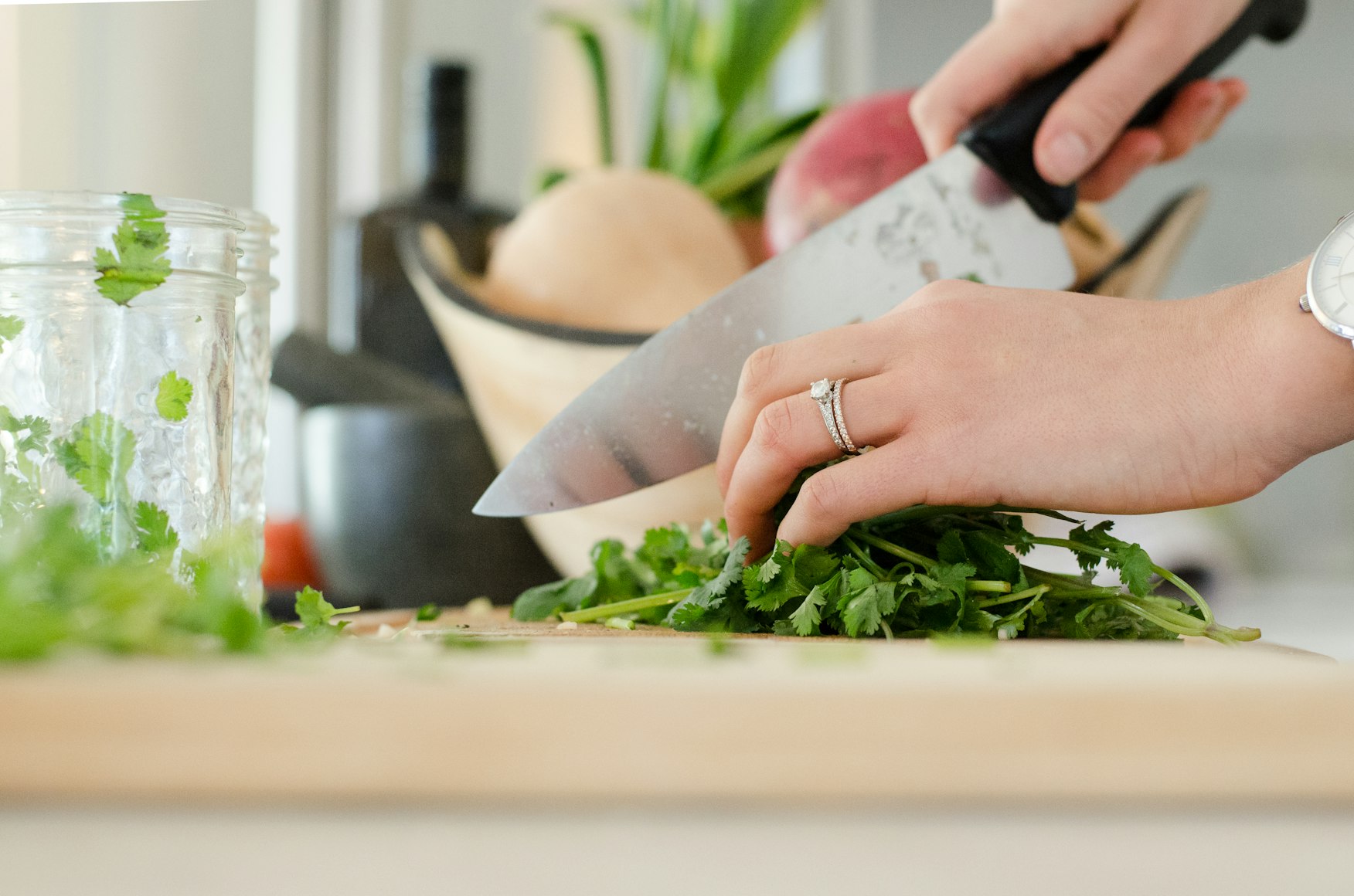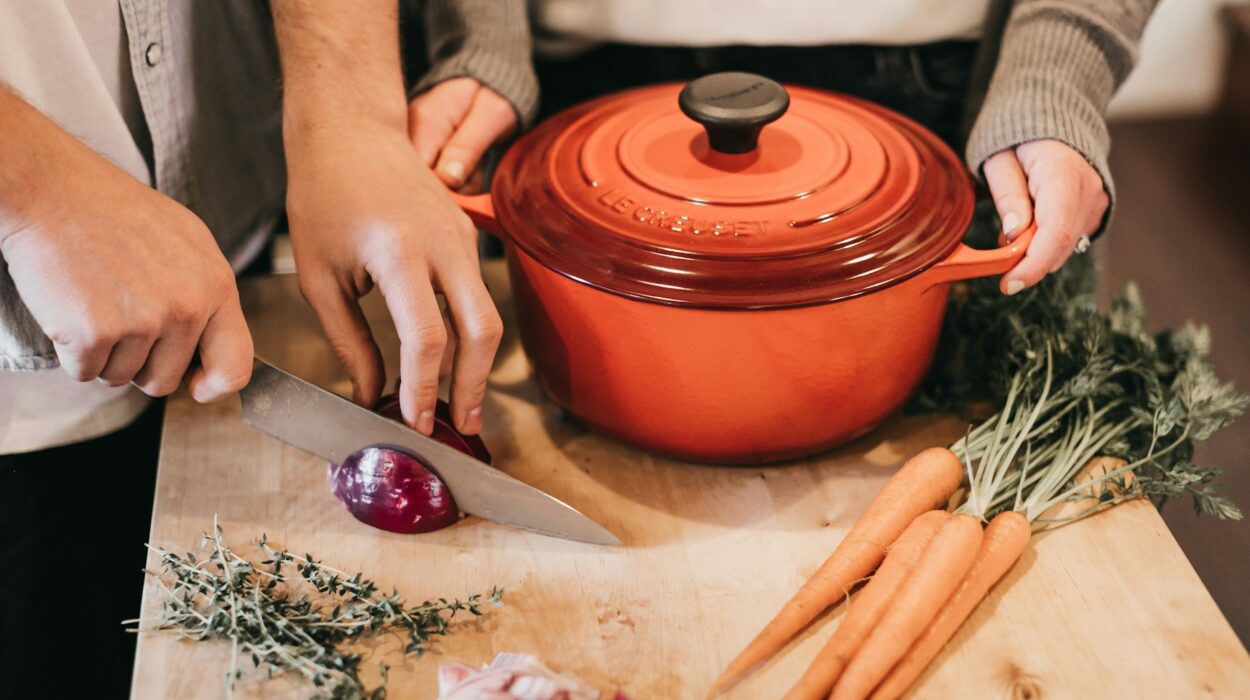A chef’s knife is a vital tool in any kitchen, but the question often arises, is a dull chef knife safe to use? Understanding the importance of knife sharpness can mean the difference between a pleasant cooking experience and a hazardous situation. In this article, we will delve into the potential risks and best practices to ensure your kitchen remains a safe and enjoyable environment.

The Importance of Knife Sharpness
The sharpness of your chef’s knife is directly linked to your safety. A sharp knife allows precise cuts, reducing the effort needed to slice through foods. In contrast, a dull knife increases the risk of slipping and causing injuries. Therefore, its essential to maintain the sharpness of your kitchen knives.
Understanding Knife Dullness
To address the question, is a dull chef knife safe to use? we must first understand what constitutes a dull knife. A knife becomes dull when its edge loses its sharpness due to regular use, improper storage, or lack of maintenance. This deterioration can significantly impact your cutting technique, leading to inconsistent and dangerous cutting motions.

Risks of Using a Dull Chef Knife
Using a dull chef knife poses several risks:
- Increased Effort: A dull knife requires more force to cut through food, which can lead to muscle strain and fatigue.
- Slipping and Injuries: When using a dull knife, it is more likely to slip, leading to potential cuts and injuries.
- Inconsistent Cuts: A dull knife makes it difficult to achieve uniform slices, affecting the presentation and cooking times of your dishes.

Approved Techniques for Knife Sharpening
Maintaining a sharp knife involves regular sharpening and honing. Sharpening removes metal from the blade to create a new, sharp edge. Various tools and techniques can help you keep your knife in top shape:
- Whetstone: A traditional and highly effective tool for sharpening knives. It allows for precise control over the knife’s edge.
- Knife Sharpeners: Convenient and easy to use, providing a quick sharpening solution.
- Honing Rods: Helps maintain the edge between sharpenings by aligning the blade’s edge.

Proper Knife Maintenance
Regular maintenance is crucial for keeping your chef’s knife safe to use:
- Regular Cleaning: Clean your knife after each use to prevent food residue from dulling the blade.
- Proper Storage: Store your knife in a knife block, magnetic strip, or protective sheath to avoid damage to the edge.
- Routine Sharpening: Regularly sharpen your knife using appropriate techniques and tools.
Using a Sharp Knife Safely
Even if your knife is sharp, using it safely is paramount. Here are some approved safety tips:
- Proper Grip: Hold the knife securely to maintain control. You can learn more about this in our guide on how to hold a chef knife.
- Stable Cutting Surface: Use a stable, non-slip cutting board to prevent accidents.
- Cutting Technique: Utilize appropriate cutting techniques to maintain control and minimize risk.
Myths About Dull Knives
There are several misconceptions surrounding dull knives. Lets debunk a few:
- Dull Knives Are Safer: Contrary to popular belief, a dull knife is more dangerous due to the increased effort and risk of slipping.
- Dull Knives Cannot Be Sharpened: Most dull knives can be restored to sharpness with proper sharpening techniques.
When to Replace a Chef Knife
While regular maintenance can extend the lifespan of your chefs knife, there comes a point when replacement is necessary. Signs that its time to replace your knife include:
- Severe Damage: Chips, cracks, or severe bends indicate that a knife should be replaced.
- Ineffective Sharpening: If sharpening no longer restores the knife’s edge, its time for a new one.
- Wear and Tear: Excessive wear, especially on the handle, can compromise safety.
Choosing the Right Chef Knife
Choosing the right chef knife can make all the difference in your cooking experience. Consider factors such as blade material, handle comfort, and balance. Investing in a high-quality chef knife ensures durability and ease of use.
Experts Opinions on Knife Safety
Renowned chefs and kitchen experts emphasize the importance of using and maintaining sharp knives. Their insights reflect a focus on safety, efficiency, and overall kitchen enjoyment.
FAQs
Why is a dull chef knife dangerous?
A dull chef knife is dangerous because it requires more force to cut, increasing the risk of slipping and causing injuries.
How often should I sharpen my chef knife?
The frequency of sharpening depends on usage. For regular home cooking, sharpening every few months is recommended. Professional chefs may need to sharpen their knives weekly.
What is the best way to store my chef knife?
Store your chef knife in a knife block, magnetic strip, or protective sheath to protect its edge and ensure safety.
As an Amazon Associate, I earn from qualifying purchases.
Conclusion
So, is a dull chef knife safe to use? The answer is clearly no. Ensuring your chefs knife is sharp and well-maintained is crucial for safety and efficiency in the kitchen. Follow the tips and techniques provided in this article to keep your knife in optimal condition and enjoy a safer, more enjoyable cooking experience.
As an Amazon Associate, I earn from qualifying purchases.


